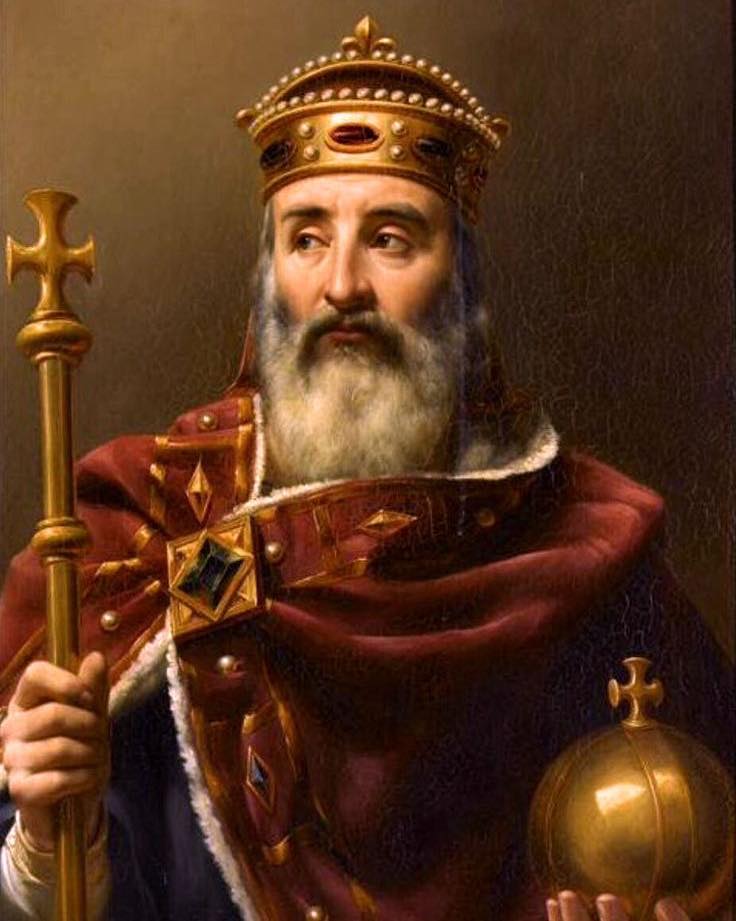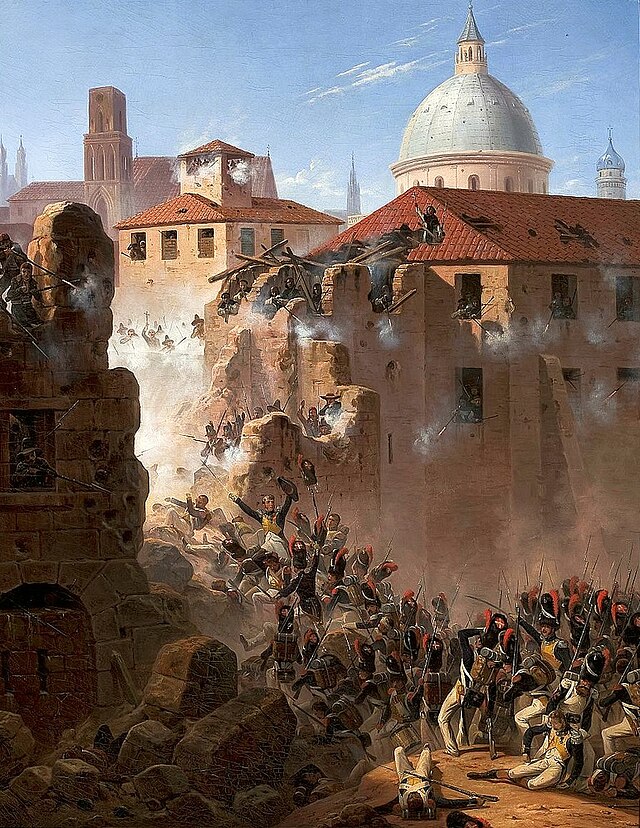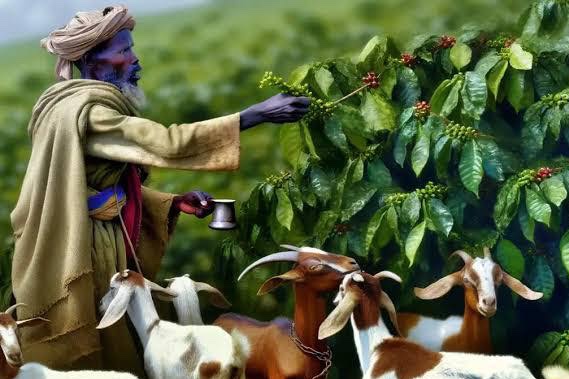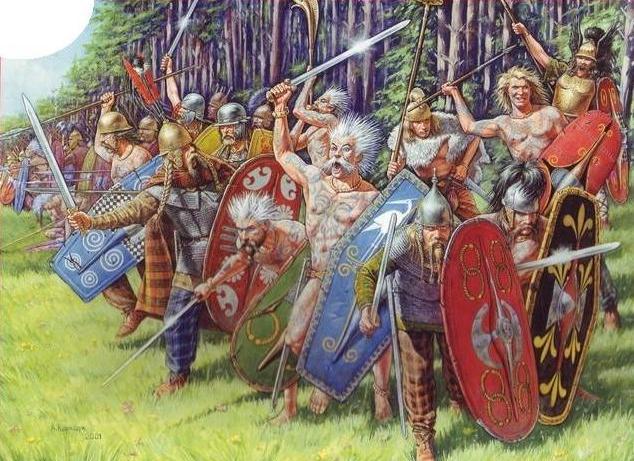
🔍 Fascinating facts | Hidden history | Global curiosities
🚀 Tech, innovation & business insights
📜 Threads that bring the past & future together
🌍 Surprisin
3 subscribers
How to get URL link on X (Twitter) App


 1️⃣ Rise of a king: from Frankish warlord to emperor of the West 🏰🗺️
1️⃣ Rise of a king: from Frankish warlord to emperor of the West 🏰🗺️

 1️⃣ The road to war: fear, alliances and miscalculations 🌪️🧭
1️⃣ The road to war: fear, alliances and miscalculations 🌪️🧭

 1️⃣ Zaragoza in peril: a kingdom trapped between two worlds 🕌🗡️
1️⃣ Zaragoza in peril: a kingdom trapped between two worlds 🕌🗡️

 1️⃣ The birth of a dark strategy 🌍⛏️
1️⃣ The birth of a dark strategy 🌍⛏️

 🏛️1⃣Temples, Thrones, and Conquest
🏛️1⃣Temples, Thrones, and Conquest

 ⚔️ 1⃣ Clash of Titans on Sacred Soil
⚔️ 1⃣ Clash of Titans on Sacred Soil

 🛡️ 1⃣From Guerrilla to President
🛡️ 1⃣From Guerrilla to President

 🐴🏹 1⃣The Botai and the First Domesticated Horses
🐴🏹 1⃣The Botai and the First Domesticated Horses

 🏰🩸1⃣A Kingdom in Crisis
🏰🩸1⃣A Kingdom in Crisis

 🏯🔥 1⃣ The Rise of a General, The Fall of a Dynasty
🏯🔥 1⃣ The Rise of a General, The Fall of a Dynasty

 🐎🏔️ 1⃣ Who Were the Sarmatians?
🐎🏔️ 1⃣ Who Were the Sarmatians?

 🏔️🙏 1⃣ Born from Faith and Flight
🏔️🙏 1⃣ Born from Faith and Flight

 🏞️🛡️1⃣ A Desperate March Across the Desert
🏞️🛡️1⃣ A Desperate March Across the Desert

 🏝️⚓ 1⃣ Captured by Corsairs
🏝️⚓ 1⃣ Captured by Corsairs

 📜👑1⃣A Deadly Reputation in Noble Courts
📜👑1⃣A Deadly Reputation in Noble Courts

 🐐🔴1⃣ Kaldi and the Dancing Goats
🐐🔴1⃣ Kaldi and the Dancing Goats

 🏺 1⃣ The Threat from the North
🏺 1⃣ The Threat from the North

 👑 A New Byzantine Hope: Michael VIII Palaiologos 🦅
👑 A New Byzantine Hope: Michael VIII Palaiologos 🦅

 1️⃣ The Calm before the Tempest: The Crumbling Roman Frontier 🌄🛡️
1️⃣ The Calm before the Tempest: The Crumbling Roman Frontier 🌄🛡️

 1️⃣ Birth of a Sea Empire ⚓👑
1️⃣ Birth of a Sea Empire ⚓👑

 1️⃣ A Siege Begins: The Iron Circle 🛡️⛏️
1️⃣ A Siege Begins: The Iron Circle 🛡️⛏️